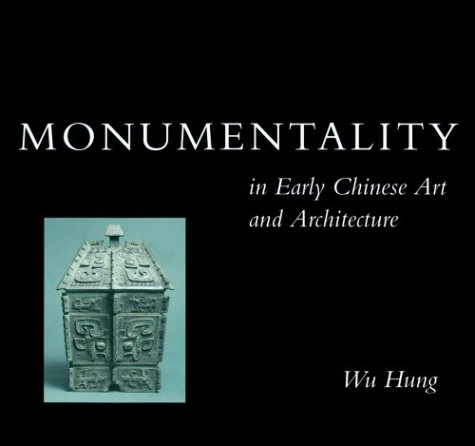This pioneering work reinterprets the history of early Chinese art and architecture, focusing on the notion of monumentality and forms of monuments as they evolved from prehistory to the early sixth century. Chinese decorative, pictorial, and architectural forms, often approached as separate traditions, are here explained as a broad artistic movement and contextualised as part of a well-defined cultural and political tradition. The book begins with a comprehensive explanation of "ritual art". The author then traces the decline of this archaic tradition and the corresponding rise of palatial and funerary monuments against the background of China's transition from a network of principalities to a unified political state. He concludes by reexamining the appearance of individual artists during the post-Han period and their transformation of public monumental art into a private idiom. This work contributes substantially to our understanding of how art and architecture evolved and functioned in a changing society.
- ISBN10 0804724288
- ISBN13 9780804724289
- Publish Date 1 December 1995
- Publish Status Active
- Out of Print 11 December 2009
- Publish Country US
- Imprint Stanford University Press
- Format Hardcover
- Pages 398
- Language English
